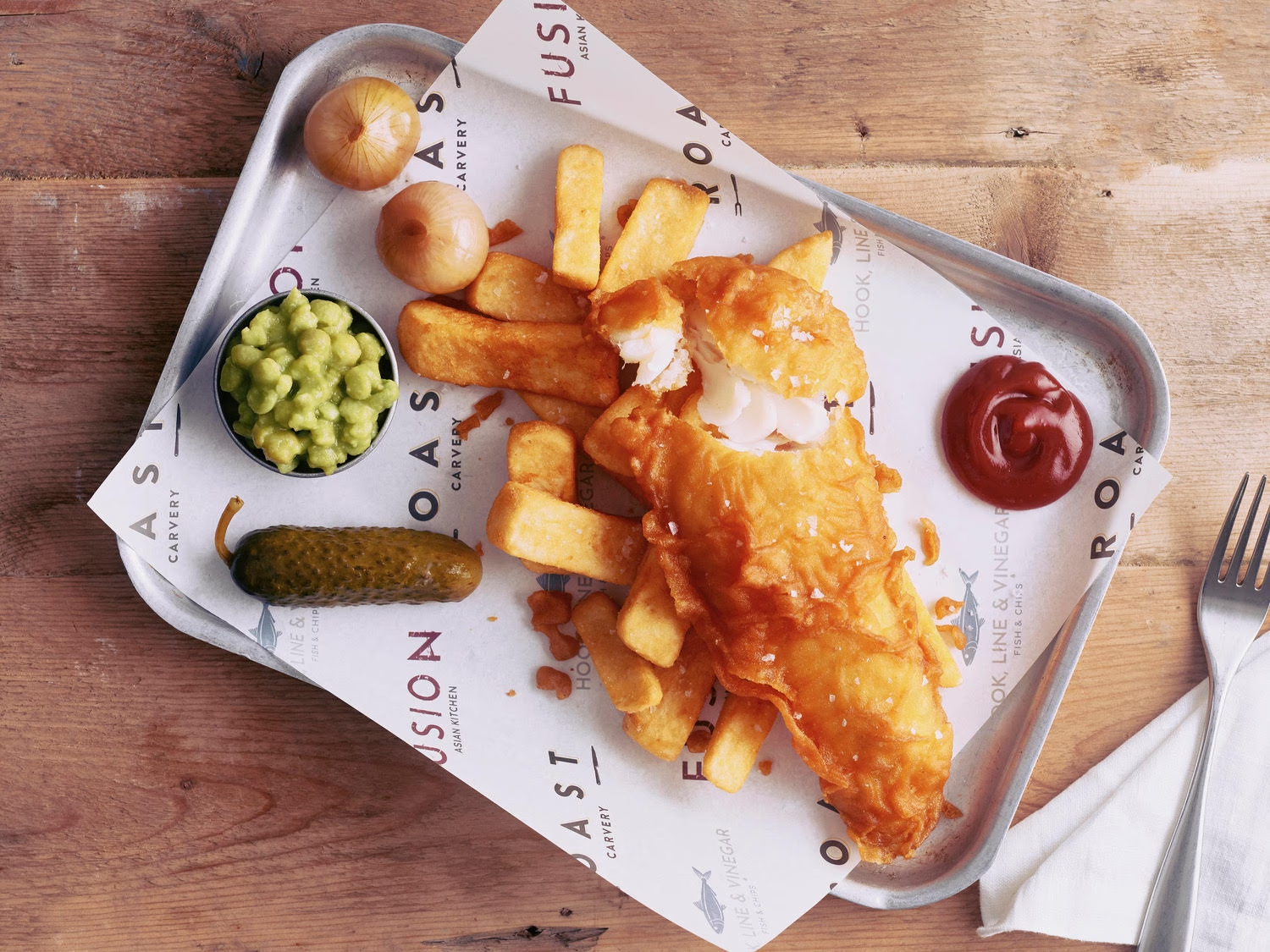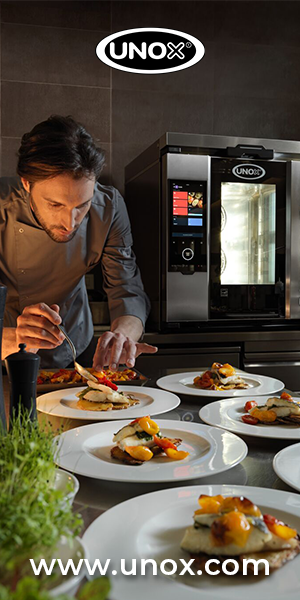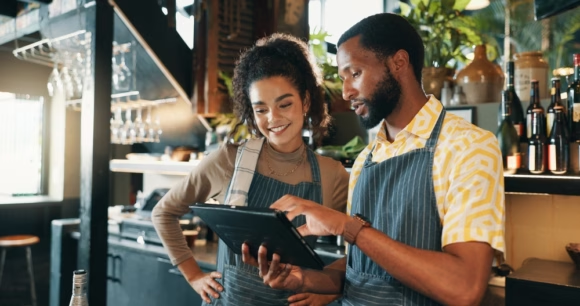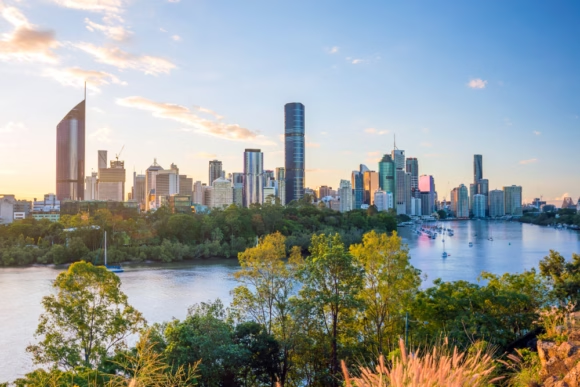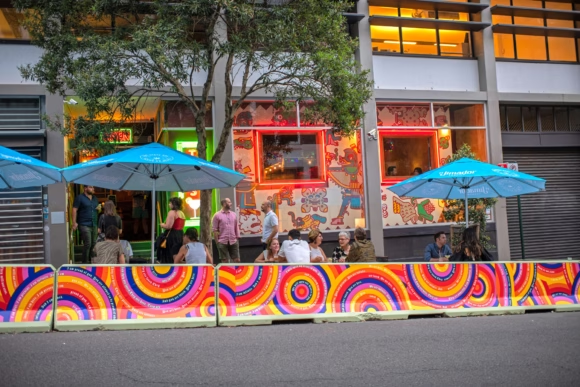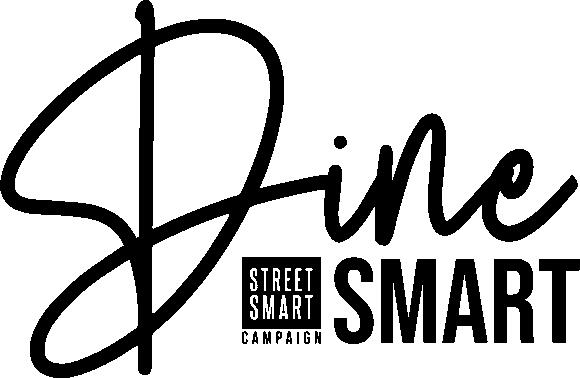In today’s image-driven culture, we’re living in a world where everyone’s got decision fatigue from too many food options.
It’s no longer just word of mouth; social media is influencing our restaurant choices. If you don’t have a social presence, you’re missing out on a major opportunity to connect with customers.
This is a new job role for restaurants, which many restaurant managers find themselves in charge of or need to hire a social media manager to post and build a following consistently.
It’s all about creating that “shareable” moment and Instagram-worthy food. We chatted to professional food stylist, Lauren Miller, for her advice.
Where should restaurants start with food styling and presentation?
When working with a brand or venue, it is a collaboration between the stylist, photographer and client. Everything starts with the brief. Usually, I’m given a rough aesthetic the brand is aiming for, but one of the first things I always ask is: Who is your target audience?
From there, we get into brand colours, competitive colours to avoid, and any key visual cues they want to hit. All of this happens before we even start thinking about how to actually showcase the food and drink. Does the company have a strong, known visual identity? Can I add to this? Or is there a direction I can help steer them in? Are we using existing props in the venue, or do I need to hire them?
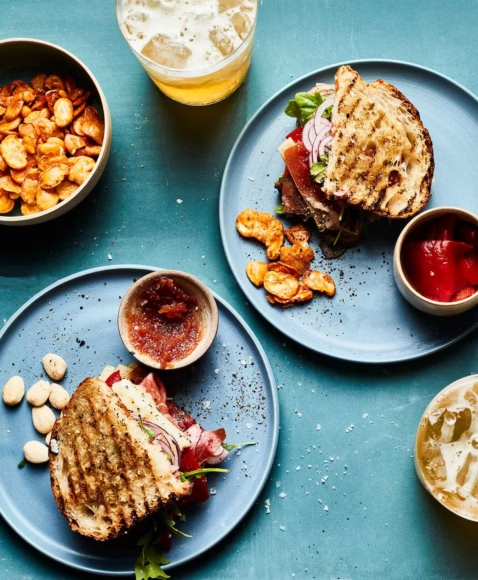
How should restaurants make the connection between styling their food and drink and their marketing images?
When styling food for the camera, it’s about making it look as pretty as possible. You want it to look fresh, enticing and delicious.
Fresh produce is a must, as well as the way something is chopped or cut and arranged on the plate—this makes a huge difference. A stylist needs to style the food to look like an enhanced version of what customers actually receive, not a completely different dish.
You need to be aware of the angle at which the dish will be shot so you can plate it accordingly—just because it looks good to the eye does not mean it will look right on camera.
Props play a crucial role in the styling process. Plate size and shape determine how food is arranged and presented. Colours and patterns should complement the dish and help it stand out rather than create distractions. Generally, smaller plates work well because they make portions appear more generous and allow for closer shots with less negative space.
The photographer and stylist can collaborate closely on angles and lighting approaches. When shooting in restaurant venues, you’re working with existing lighting conditions that aren’t always ideal for food photography. Nothing beats natural light or a controlled studio environment where lighting can be properly managed.
Are there any beginner tips for styling compelling food and drink content?
Lighting is everything. Natural light remains your best friend for food photography. Position dishes near windows during golden hour or use soft, diffused lighting to avoid harsh shadows. Avoid fluorescent lighting, which creates an unappetising yellow cast.
Garnish can help a dish look better in a photograph; it can bring a fresh pop of green and add texture. Sauce drizzles can add interest and make it look enticing.
Angles are crucial in food photography because they determine how viewers perceive texture, depth, and appetising qualities of your dishes. The right angle can make the difference between a flat, unappetising image and one that makes people immediately want to order.
Whether you’re a global brand or an independent restaurant, make sure you are creating imagery that attracts your target market and don’t be afraid to get creative. I’d always advocate that working with professional stylists and photographers will improve results, and these images will help connect to and convert customers.
For more inspiration, you can visit https://www.laurenmiller.co.uk.

